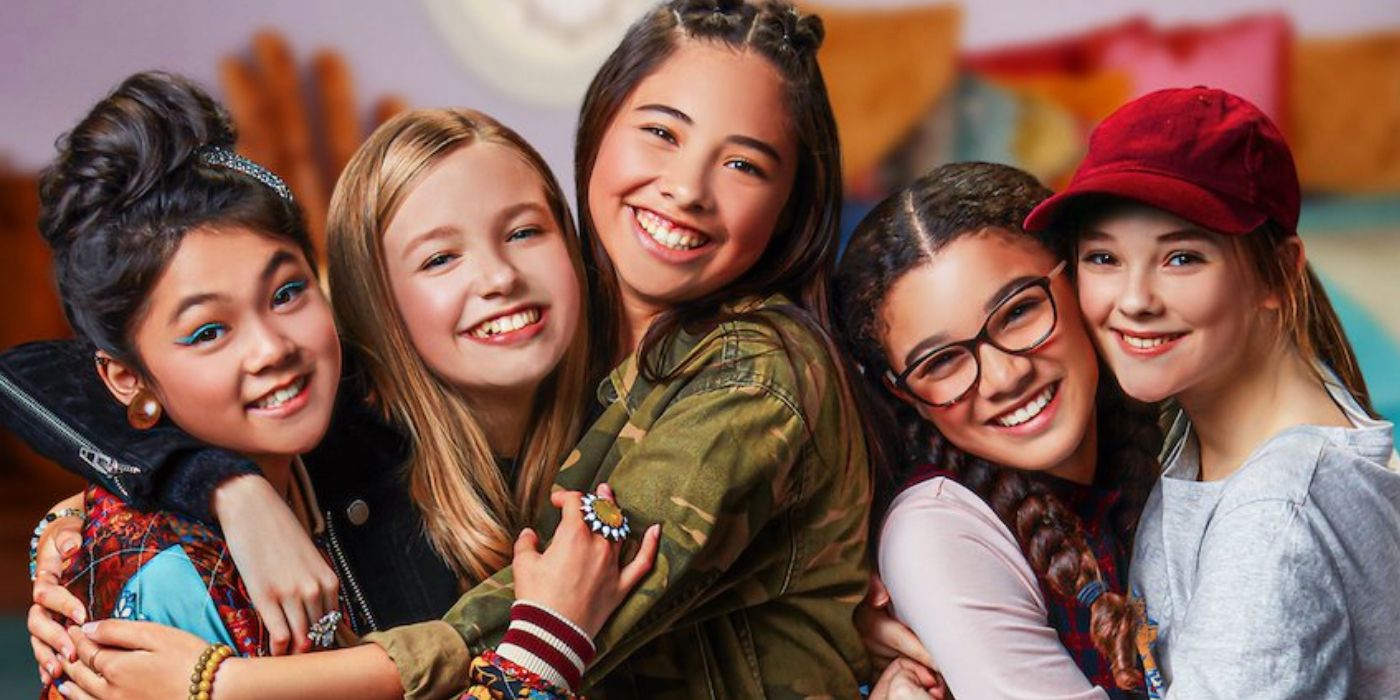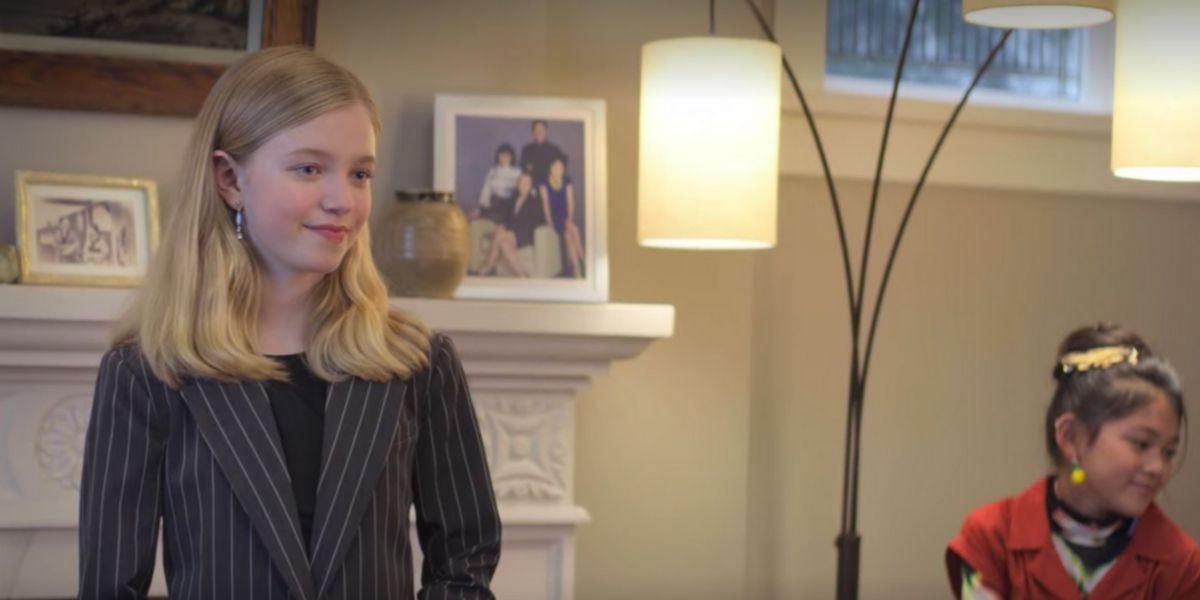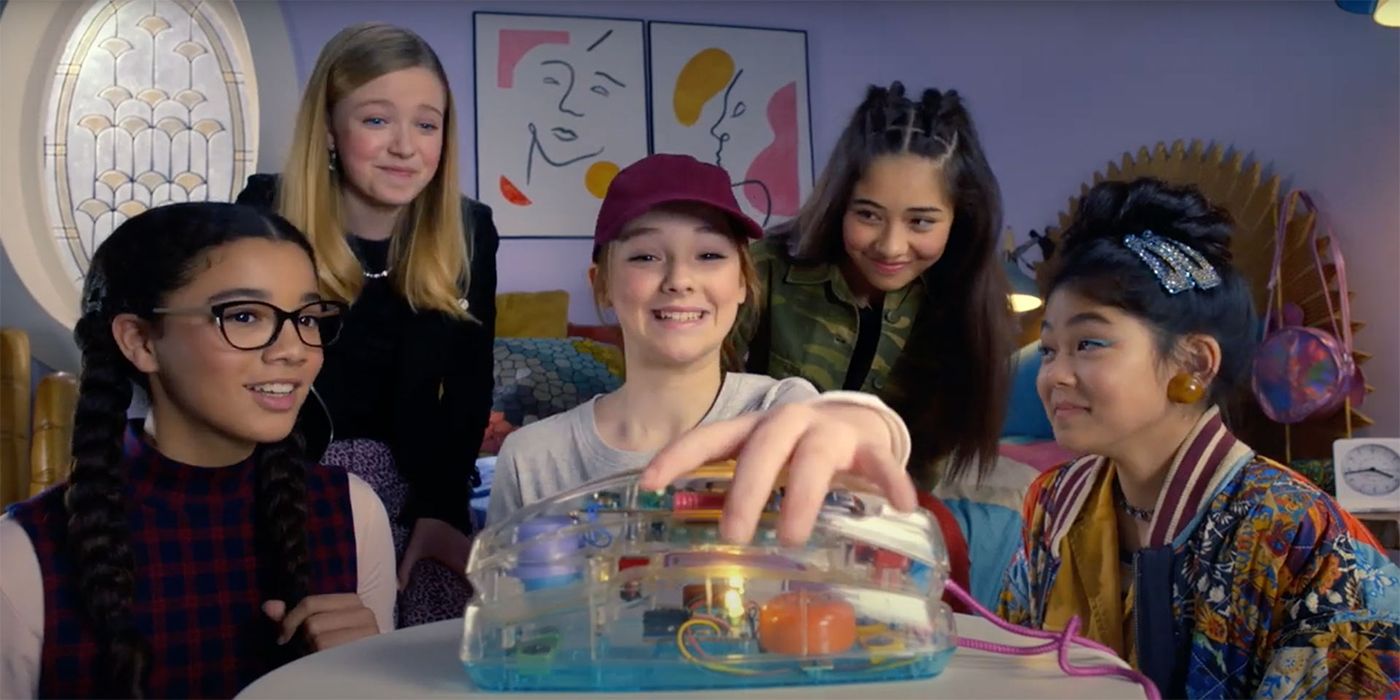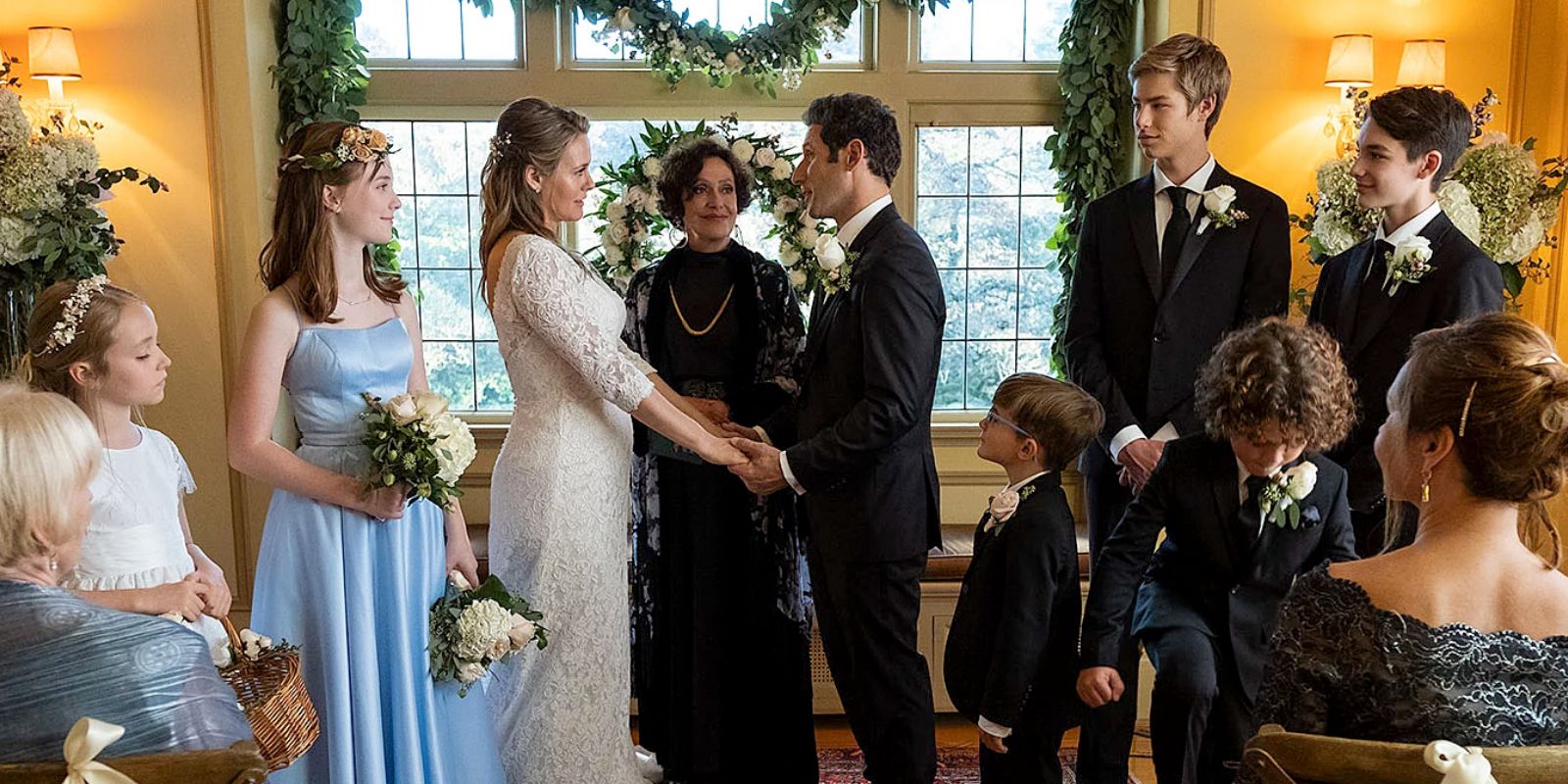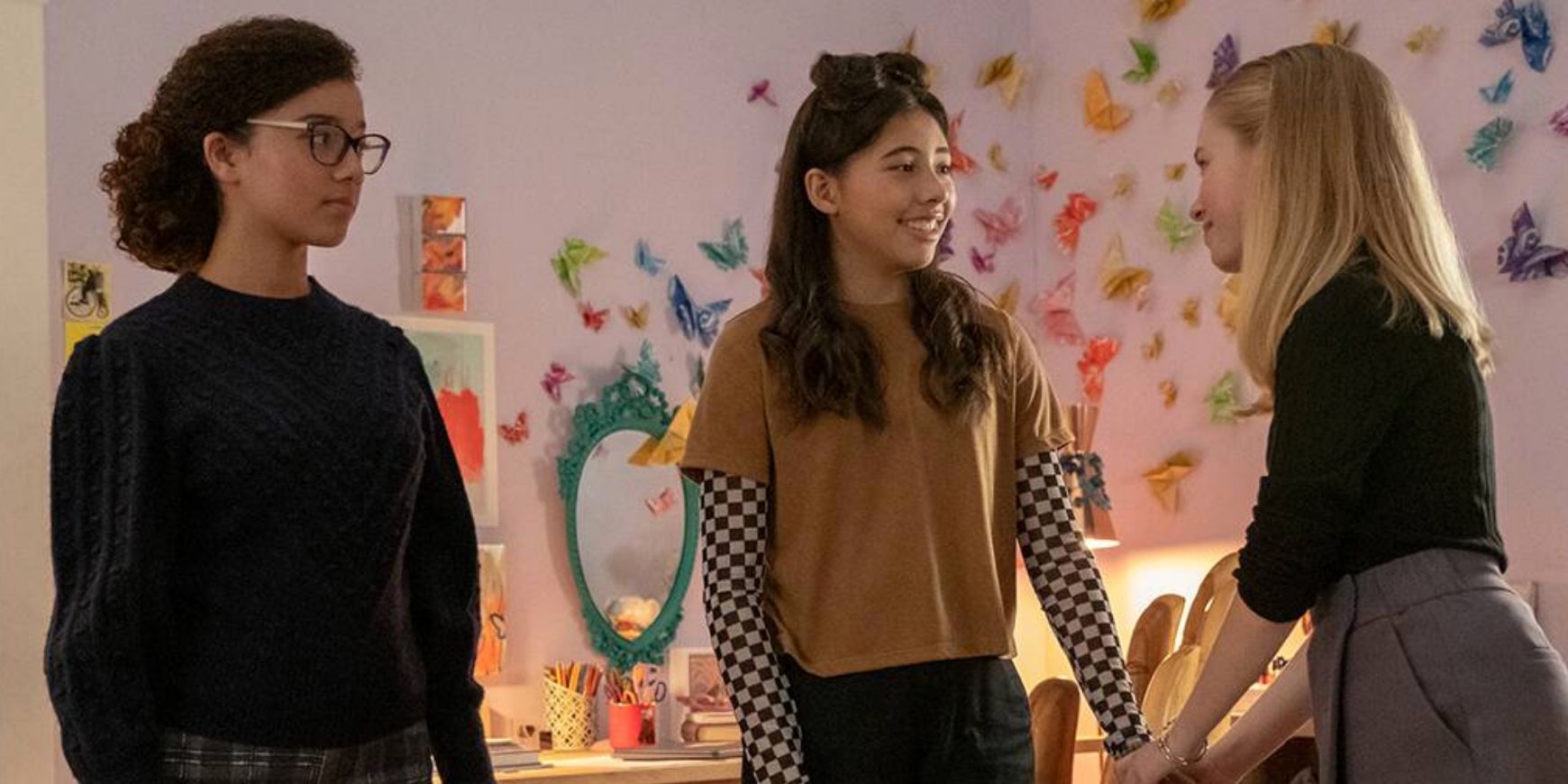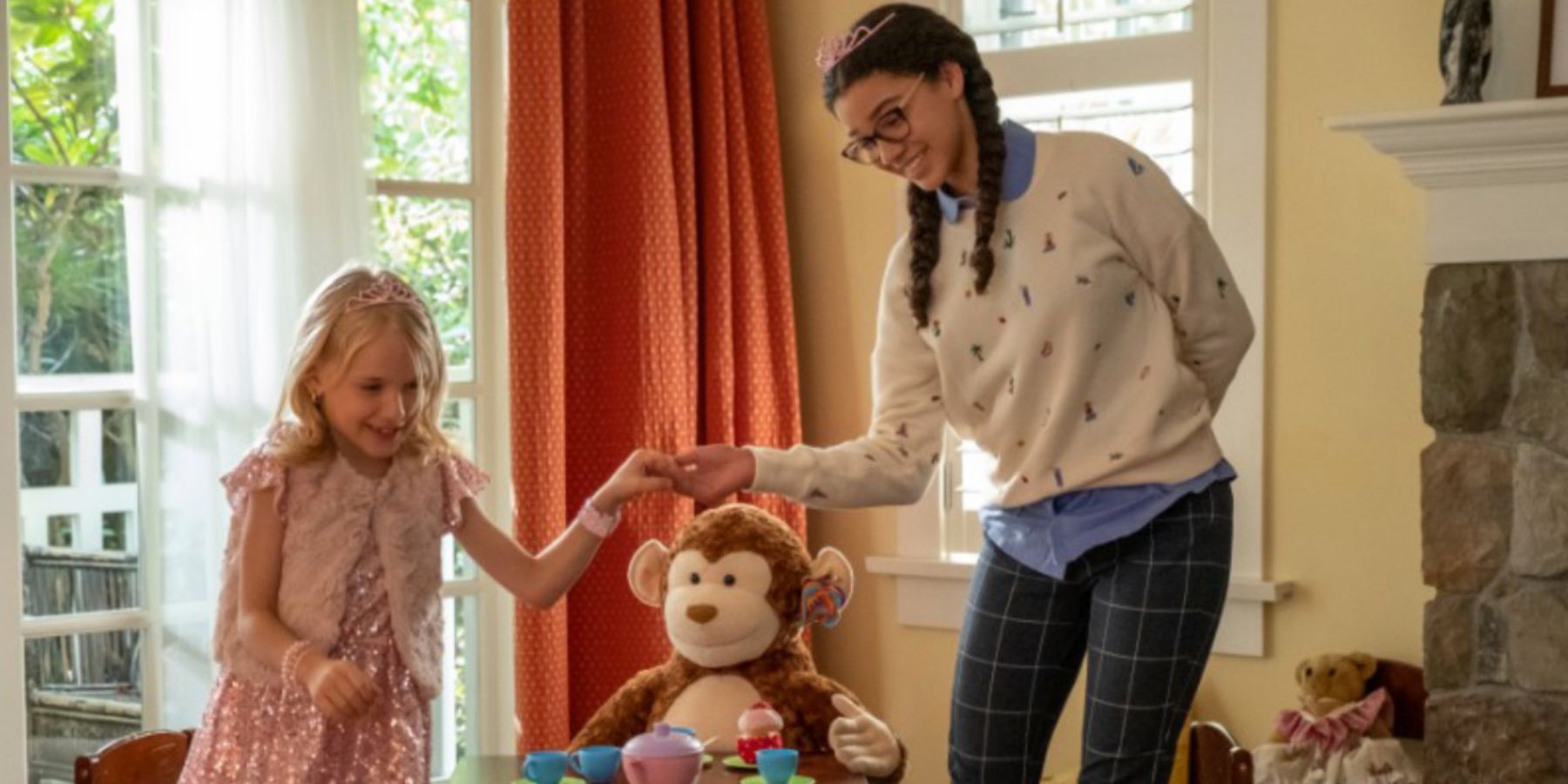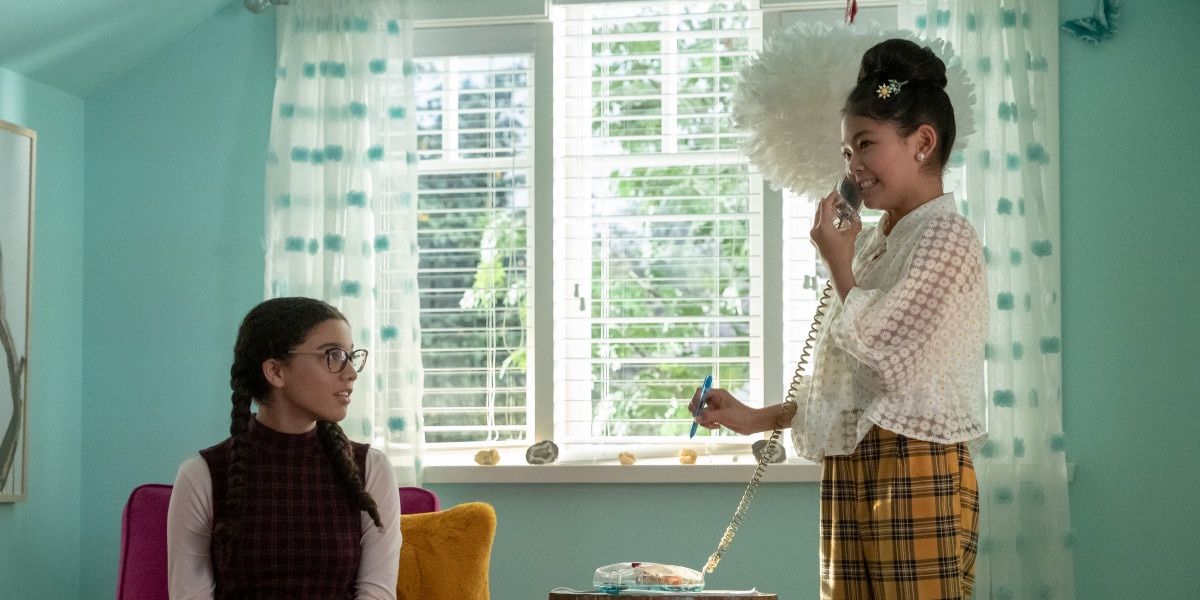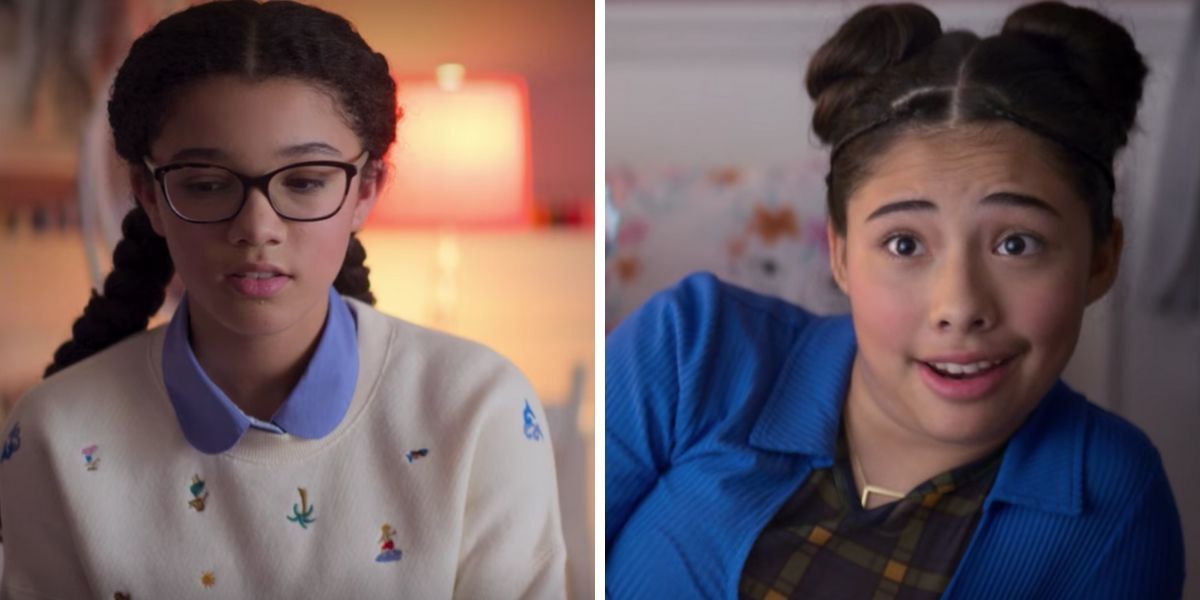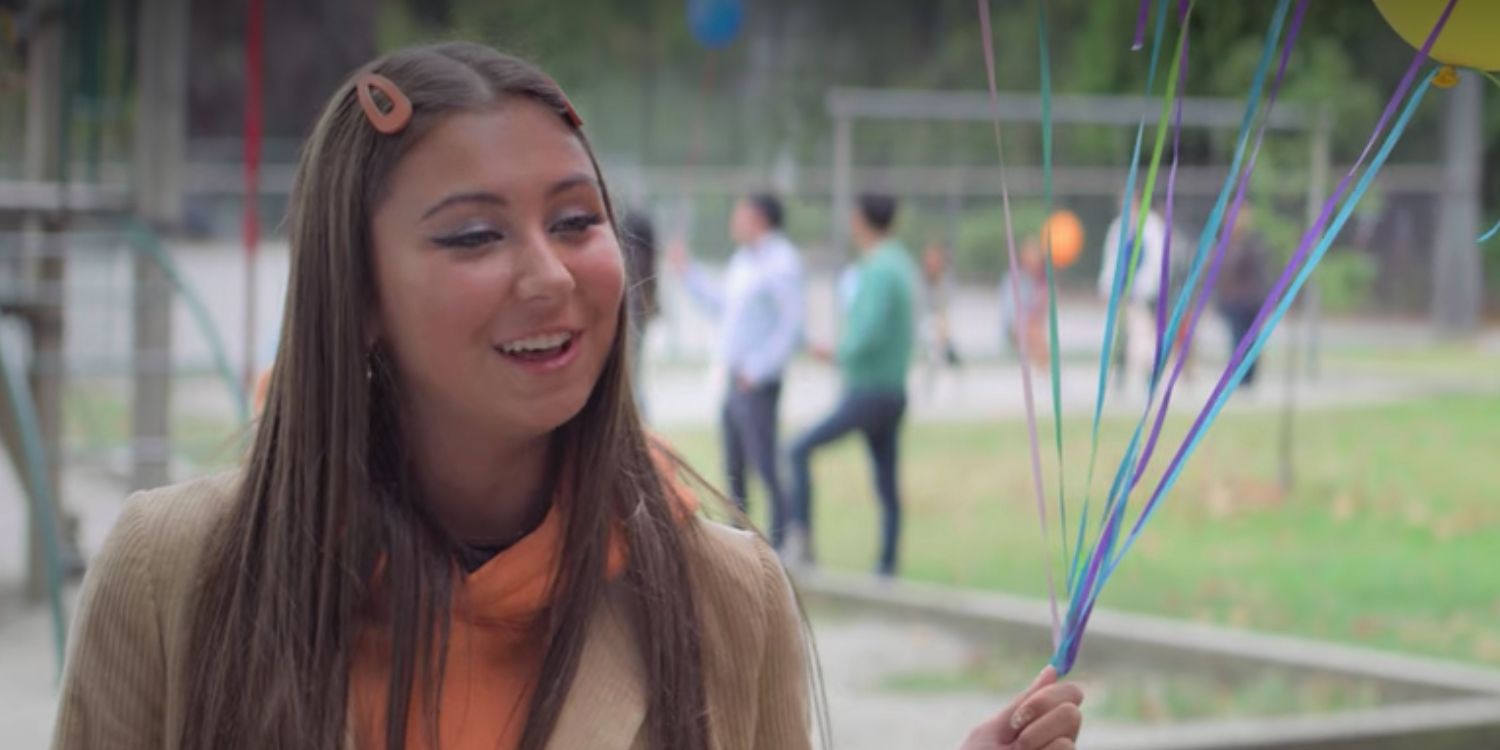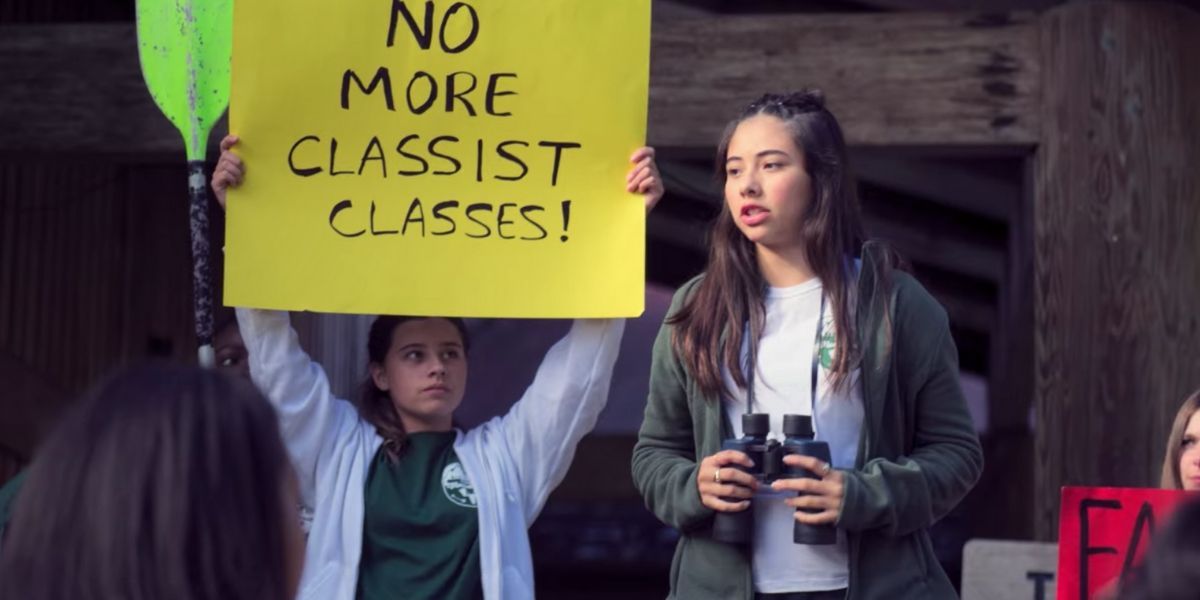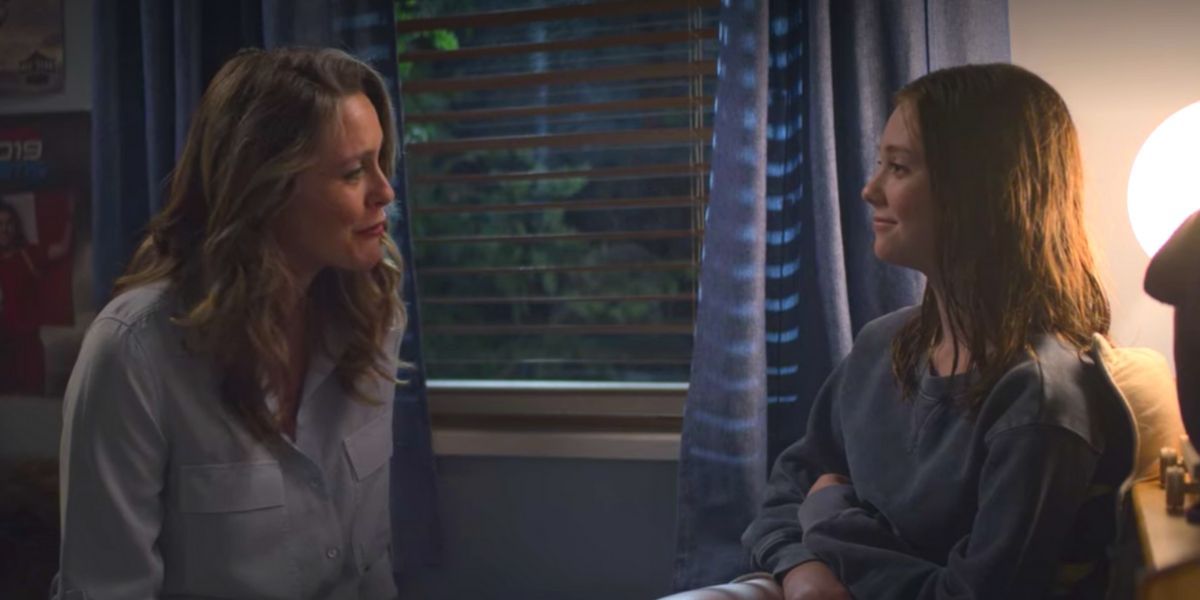Netflix has been busy updating beloved classics like Voltron and Full House for a new generation of television fans. They recently did the same for The Baby-Sitters Club. The series, which is based on the 1980s-90s Ann M. Martin novels of the same name, brings the stories into present day.
The original series of novels had numerous spin-offs, an HBO television series that rebroadcast on the Disney Channel, and a movie remake in the '90s. Each version of the BSC's story is rooted in its time, and as a result, Netflix makes some changes to the source material while still making sure to keep plenty of things the same for fans who were eager to watch.
Changed: The Approach To Stacey's Diabetes
In every version, Stacey begins her new time in Stoneybrook unsure who she should tell about her diabetes. She's been ridiculed in the past and doesn't want to repeat the experience. The approach in the Netflix series is slightly different.
In the novels, Stacey keeps her secret because she was made fun of for wetting the bed at a slumber party. When the girls find out the truth, they want to know more about diabetes, and they're careful to treat her with respect. In the updated version, a video of Stacey having a seizure goes viral. The teenagers take a very mature approach to the subject, calling together the parents of the children they sit for and having an open and honest conversation about just how capable Stacey is.
The Same: The Iconic Phone
In the '80s, not many teens had access to a mobile phone — and not many had their own landline. Claudia, the coolest girl Kristy knows, does.
Claudia is still the only one of the girls to have her own landline, and she even gets an iconic '90s phone to go with it. The phone is a must because the crux of the club is that they had to meet in Claudia's room where the landline is to schedule out their jobs. Can anyone imagine the series without it?
Changed: Morbidda Destiny
Morbidda Destiny is the name of a "witch" the kids are afraid of in the novels. She even gets a small storyline in the '90s TV series, though it turns out she's tutoring Claudia for her science class.
The difference in the earlier versions of the story is that the kids are terrified because they believe she's an evil witch. In the modern update, it's Dawn's Aunt Esme who gets the title, courtesy of Karen Brewer. It turns out Esme is a witch — or the modern-day version. Dawn calls her a "spiritual healer." She's a woman who believes in the power of astrology, crystals, and manifesting what you want, and Esme even tells wedding guests outright that yes, you can call her a witch and that they should "believe children."
The Same: The Spier-Schafer Dynamic
Mary Anne and Dawn became fast friends in the novels and their parents connected quickly as well. Those connections are maintained for the new series.
When Mary Anne and her BSC friends aren't getting along in the novels, Dawn and her family move to Stoneybrook. Despite Mary Anne's shyness, she strikes up an immediate friendship with Dawn, just as what occurs in the Netflix series. Likewise, their parents connect after having previously dated in high school. Dawn and her mother serve to help Mary Anne and her father open up a bit more, while the Spiers help to ground the Schafers.
Changed: Inclusivity
The Baby-Sitters Club novels are very much a product of their time. As a result of gender identity and sexuality not being included in many novels aimed at pre-teens at the time, there's a lot of room for improvement in representation.
The team behind Netflix's series understands that, as Charlotte has two moms, Mary Anne meets a boy at the beach who openly talks about having a crush on another boy, and Dawn is immediately upfront about her dad being gay. Likewise, Bailey is introduced in the series as a trans girl, with Mary Anne doing everything she can to make sure doctors don't misgender her. These would likely be seen as too transgressive in the '80s and '90s, when the novels were published.
The Same: The Baby-Sitting Clients
Some of the BSC's most famous charges from the novels appear. Charlotte is said to be Stacey's favorite in the '90s TV series, though her family gets an update here. Jamie appears in the novels in much the same way he does in the series — with older sitters leaving him alone. The Pikes feature heavily as well, but there are more kids mentioned who don't physically appear.
Jackie Rodowski, for example, is mentioned when the group has a meeting about Stacey's diabetes. He's one of Kristy's most frequent charges in the novels.
Changed: Characters' Ethnicities
In the original novels, the characters are mostly Caucasian. Claudia is Japanese-American and Jessie is Black, though she's introduced much later in the books than in the Netflix series.
Netflix diversifies the group a bit, making it more like real life. Dawn is played by Latina actress Xochitl Gomez and Mary Anne is biracial, played by Malia Baker. The increased representation in the series allows for young viewers to identify with characters even more.
The Same: The Baby-Sitters Agency
While their tactics are modernized for a 21st century audience, the Baby-Sitters Agency is straight out of the books. Lacy is determined to make a profit from Kristy's idea, capitalizing on the fact that she and her friends are able to stay out late and drive themselves.
The group is even introduced during the same storyline, when Stacey fesses up to her new friends about her diabetes. Stacey and company are also forced to call Jamie's mother in the books when his babysitter sends him outside to play unsupervised.
Changed: Dawn's Revolutionary Attitude
Dawn is all about being the voice of the people. She leads a revolution among campers at the end of the first season, after all. That's a little different than Dawn's portrayal in the novels.
She's more focused on animals and nature in the books. Dawn is a strict vegetarian and she frequently participates in programs to help clean up the planet. She's still a girl looking to make the world a better place, but where she sets her sights is different.
The Same: Kristy's Control Issues
There's a reason Kristy Thomas is the club president: she has to be in control. The books don't delve into her controlling behavior a lot, but there are a lot of arguments between her friends because Kristy needs things done her way.
The Netflix series has Kristy own up to her need for control several times, even expanding on it. She apologizes to her friends and her mother (Clueless' Alicia Silverstone) when she realizes she's gone too far.

